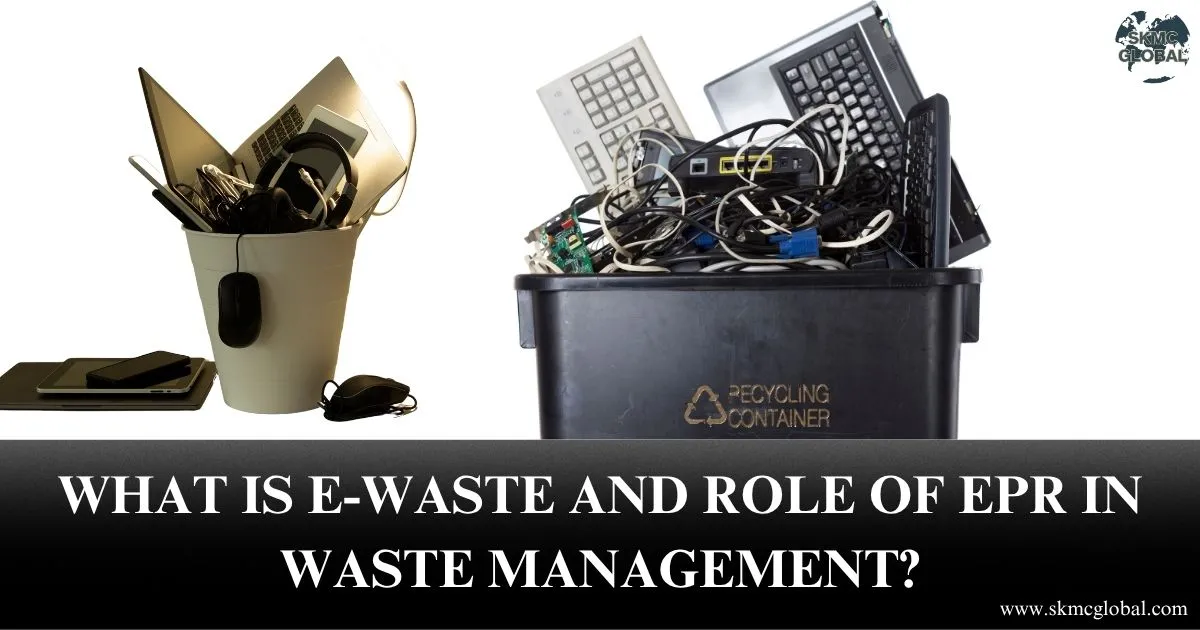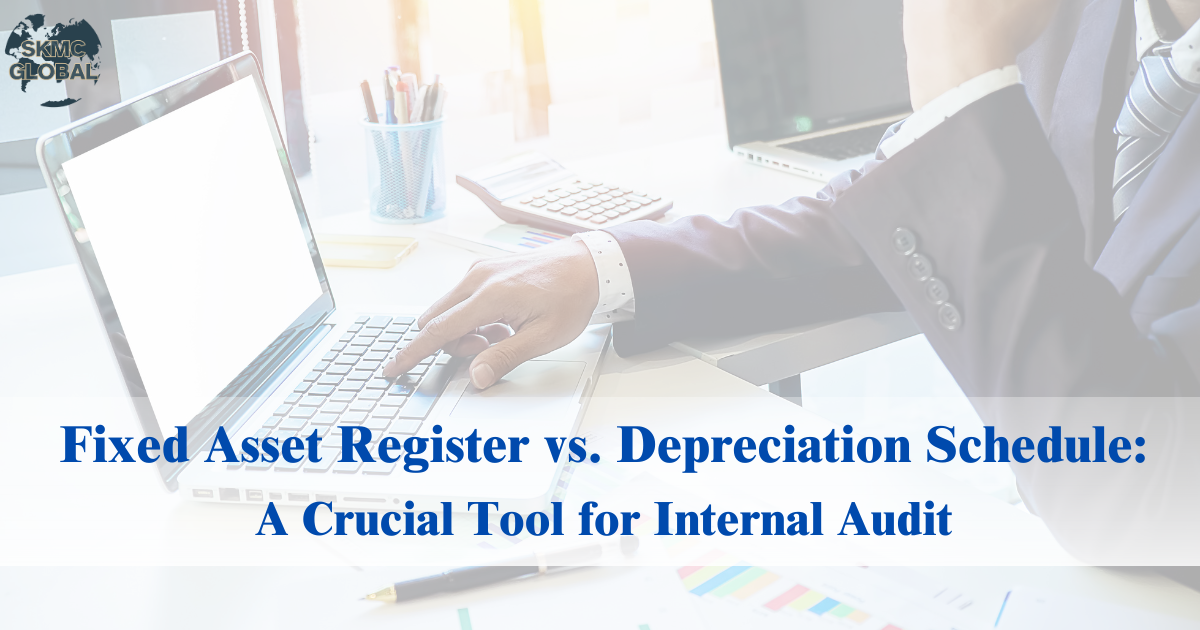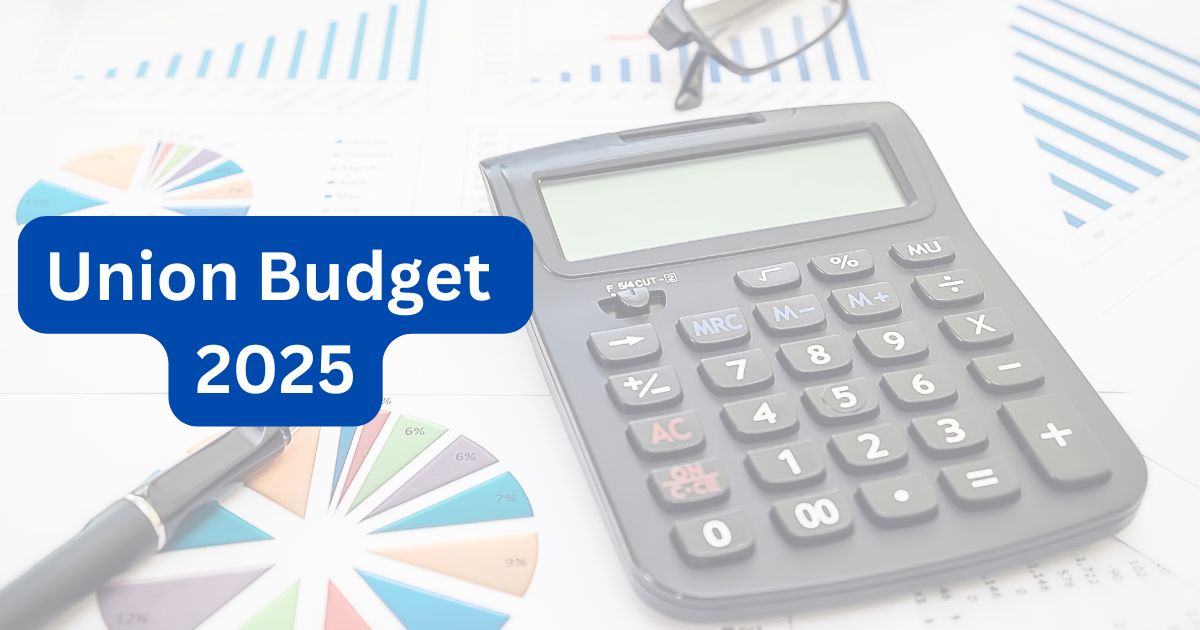
Fixed Asset Register vs. Depreciation Schedule: A Crucial Tool for Internal Audit
Introduction
Fixed assets form a significant portion of an organization’s financial position. Whether it’s land, buildings, machinery, or office equipment, businesses must ensure proper recording, tracking, and valuation to maintain financial accuracy and regulatory compliance. Two critical records used for this purpose are the Fixed Asset Register (FAR) and the Depreciation Schedule.
While both deal with fixed assets, they serve distinct purposes. The FAR is primarily a management and control document, ensuring that assets are properly recorded and verified, while the Depreciation Schedule focuses on the gradual reduction in asset value for financial reporting and tax compliance.
For internal auditors, the FAR plays a pivotal role in verifying the existence, valuation, and movement of assets. Let’s explore this in detail.
Fixed Asset Register (FAR) and Its Role in Internal Audit
A Fixed Asset Register (FAR) is a structured record that maintains detailed information on all tangible assets owned by an organization. It is a vital tool for internal control and audit and is used to ensure that all assets reported in the financial statements exist, are properly valued, and comply with statutory requirements.
Key Components of a Fixed Asset Register
A well-maintained FAR includes the following details:
- Asset Identification– Unique asset number, description, and category (land, building, machinery, etc.).
- Capitalization & Valuation– Purchase cost, related acquisition expenses (freight, installation, duties), and initial recognition.
- Legal Ownership & Documentation– Title deeds, lease agreements, mortgages, and encumbrances.
- Depreciation & Impairment– Depreciation method, rate, accumulated depreciation, and impairment losses.
- Physical Verification & Asset Movement– Location, periodic verification records, inter-branch transfers.
- Security & Insurance– Details of insured assets, pledged securities, and loan collateral.
- Regulatory Compliance– Ensures alignment with Schedule III of the Companies Act, 2013, CARO 2020, and Ind AS 16 (Property, Plant & Equipment).
FAR in Internal Audit: Key Areas to Examine
Internal auditors rely on the FAR to verify compliance with financial regulations and corporate governance. Here’s how:
- Existence & Physical Verification
- The company maintains proper records of all assets.
- Assets have been physically verified at reasonable intervals.
- Any discrepancies found are properly dealt with in the books.
- Ownership & Legal Title Verification
- Whether all land and building title deeds are in the company’s name.
- If leased assets are properly recorded and lease agreements are valid.
- Whether any assets are pledged as security for loans.
- Depreciation & Asset Valuation
- Assets to be depreciated based on their useful life and method (SLM or WDV).
- Proper disclosure of revaluation gains/losses if any asset is revalued.
- That accumulated depreciation matches recorded book values.
- Fraud & Misappropriation Detection
- If disposed assets are still recorded in the FAR.
- Unauthorized sale, transfer, or personal use of company assets.
- Whether asset insurance policies are valid and premium payments are up to date.
- Compliance with Regulatory Requirements
- Whether the company has properly maintained the FAR.
- If there are discrepancies in physical verification.
- If assets have been revalued by a Registered Valuer.
- Details of capital work-in-progress (CWIP).
- Whether asset revaluation was done by a Registered Valuer.
- Aging schedules for assets under construction.
- Asset Details– Name, category, acquisition date.
- Depreciation Method– Straight-Line Method (SLM) or Written Down Value (WDV) Method.
- Useful Life & Residual Value– Determines depreciation expense.
- Annual Depreciation Expense– Affects the Profit & Loss Statement.
- Accumulated Depreciation– Total depreciation charged to date.
- Carrying Value– Net book value of the asset in financial statements.
- Accuracy of Depreciation Calculation– Ensures correct rates and methods are applied.
- Compliance with Accounting Standards– Ind AS 16 mandates proper recognition of depreciation.
- Matching with FAR Records– Prevents overstatement or understatement of asset values.
Internal auditors cross-check physical verification reports with the FAR to confirm asset existence. CARO 2020 mandates auditors to verify whether:
The FAR should contain title deeds and lease agreements. Under Schedule III of the Companies Act, 2013, if a company does not hold title deeds for immovable properties, it must disclose this in financial statements. Internal auditors should verify:
Internal auditors compare the FAR with the Depreciation Schedule to ensure proper accounting treatment. Ind AS 16 requires:
A missing asset in physical verification but recorded in the FAR may indicate fraud or misstatement. Internal auditors check:
Under CARO 2020, auditors must report on:
The Companies Act, 2013 and Ind AS 16 require companies to disclose:
Depreciation Schedule: Role in Financial Reporting
Unlike the FAR, which tracks assets for control and management, a Depreciation Schedule helps companies systematically allocate the cost of an asset over its useful life.
Key Components of a Depreciation Schedule
Why Internal Auditors Compare FAR with Depreciation Schedule
Key Differences: FAR vs. Depreciation Schedule
| Aspect | Fixed Asset Register (FAR) | Depreciation Schedule |
|---|---|---|
| Purpose | Tracks, manages, and verifies fixed assets | Calculates depreciation for financial reporting |
| Regulatory Requirement | Required for asset tracking & disclosures under the Companies Act, 2013 | Required for financial statements & tax compliance |
| Scope | Covers ownership, cost, verification, movement | Focuses on value reduction over time |
| Contents | Asset details, capitalization cost, legal records | Depreciation method, useful life, residual value |
| Audit Relevance | Used to verify existence & control of assets | Ensures depreciation accuracy & compliance |
Conclusion
Both the Fixed Asset Register (FAR) and Depreciation Schedule are valuable financial reporting and internal auditing tools. While FAR enables the proper verification, tracking, and control of assets, the Depreciation Schedule enables proper valuing and depreciating of assets over time.
Internal auditors need to reconcile the FAR with the Depreciation Schedule as a n imbalance in asset records may result in financial misstatement, tax loss, or risk of fraud. By maintaining accurate and up-to-date records, companies strengthen internal control, enhance financial transparency, and ensure compliance with statutory requirements—a critical aspect for both auditors and stakeholders.
Recent Posts
-
 Coso framework: Complete guide on internal control...
Jun 26,2025
Coso framework: Complete guide on internal control...
Jun 26,2025
-
 Components and Process for Conducting Internal Aud...
Jun 25,2025
Components and Process for Conducting Internal Aud...
Jun 25,2025
-
 What is ICFR and Why It is Important for Businesse...
Jun 24,2025
What is ICFR and Why It is Important for Businesse...
Jun 24,2025
-
 Understanding WPC Certification and its applicabil...
Jun 23,2025
Understanding WPC Certification and its applicabil...
Jun 23,2025
-
 Procedure to take EPR registration for battery was...
Jun 21,2025
Procedure to take EPR registration for battery was...
Jun 21,2025
-
 What is 3pl? How 3rd party logistics company can o...
Jun 19,2025
What is 3pl? How 3rd party logistics company can o...
Jun 19,2025
-
 What is E-Waste and role of EPR in Waste Managemen...
Jun 17,2025
What is E-Waste and role of EPR in Waste Managemen...
Jun 17,2025
-
 M&A Due Diligence in India: How to Spot Target Com...
Jun 16,2025
M&A Due Diligence in India: How to Spot Target Com...
Jun 16,2025
-
 BIS crs certification for electronic products...
Jun 12,2025
BIS crs certification for electronic products...
Jun 12,2025
-
 All you need to know about WPC ETA certification f...
Jun 11,2025
All you need to know about WPC ETA certification f...
Jun 11,2025
-
 What is CDSCO Registration under The Drugs & Cosme...
Jun 10,2025
What is CDSCO Registration under The Drugs & Cosme...
Jun 10,2025
-
 Procedure to Take CDSCO Registration in India: A C...
Jun 09,2025
Procedure to Take CDSCO Registration in India: A C...
Jun 09,2025
-
 All You Need to Know About AERB Registration...
Jun 07,2025
All You Need to Know About AERB Registration...
Jun 07,2025
-
 Understanding POSH (Prevention of Sexual Harassmen...
Jun 03,2025
Understanding POSH (Prevention of Sexual Harassmen...
Jun 03,2025
-
 Chartered Accountant's role in financial managemen...
May 23,2025
Chartered Accountant's role in financial managemen...
May 23,2025
-
 5 Things to keep in mind while running your payrol...
May 17,2025
5 Things to keep in mind while running your payrol...
May 17,2025
-
 Why BIS Certification is Crucial for Importers and...
May 15,2025
Why BIS Certification is Crucial for Importers and...
May 15,2025
-
 Top 7 Reasons Indian Entrepreneurs Are Switching t...
May 07,2025
Top 7 Reasons Indian Entrepreneurs Are Switching t...
May 07,2025
-
 Incorporation of Company in Japan...
Apr 24,2025
Incorporation of Company in Japan...
Apr 24,2025
-
 How to set up a Representative Office in Singapore...
Apr 14,2025
How to set up a Representative Office in Singapore...
Apr 14,2025
-
 BIS certificate for medical equipments...
Apr 09,2025
BIS certificate for medical equipments...
Apr 09,2025
-
 Fixed Asset Register v/s Depreciation Schedule: A ...
Apr 02,2025
Fixed Asset Register v/s Depreciation Schedule: A ...
Apr 02,2025
-
 Role of AI in Accounting...
Mar 26,2025
Role of AI in Accounting...
Mar 26,2025
-
 Capital Structure & its Impact on Profitability...
Feb 21,2025
Capital Structure & its Impact on Profitability...
Feb 21,2025
-
 Union Budget 2025...
Feb 01,2025
Union Budget 2025...
Feb 01,2025
-
 What is EPR in Plastic waste Management? ...
Jul 12,2022
What is EPR in Plastic waste Management? ...
Jul 12,2022
-
 Lithium-ion Battery Recycling Plant Setup in India...
May 10,2022
Lithium-ion Battery Recycling Plant Setup in India...
May 10,2022
-
 Setting up E-waste Recycling Plant Setup...
Jan 12,2022
Setting up E-waste Recycling Plant Setup...
Jan 12,2022
-
 Applicability of Labour Laws in India...
Jul 15,2021
Applicability of Labour Laws in India...
Jul 15,2021
-
 Basis to Outsource Finance and Accounting Services...
Oct 31,2021
Basis to Outsource Finance and Accounting Services...
Oct 31,2021
